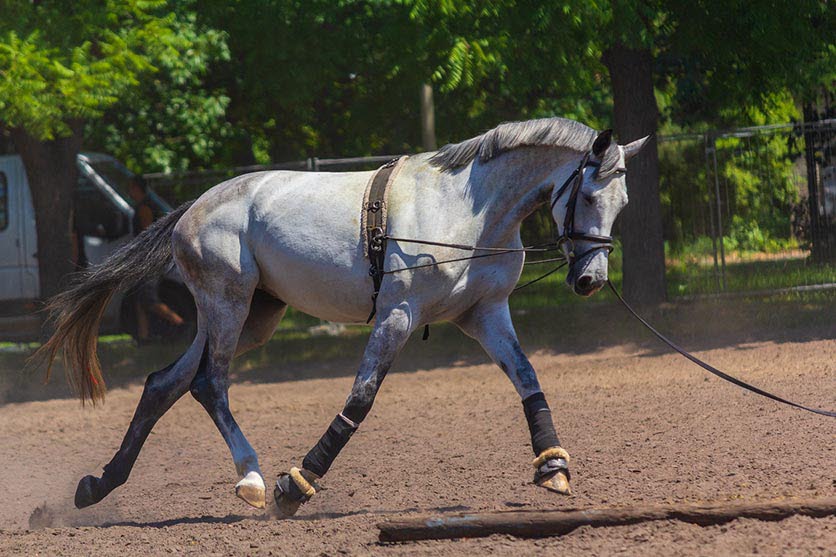Working safely around animals
Veterinarians, vet nurses and other animal handlers need to take a variety of precautions when working with animals.
These precautions are for the safety of both the handler and the animal.
Some of the dangers related to the handling of animals include physical injuries, zoonotic diseases, and allergies.
Animal handlers should always be aware of possible consequences when working with each species of animals and take precautions to minimise the risk of infection.
Physical injuries
Physical injuries can occur from bites, kicks or scratches. Animals can often be unpredictable, so it pays to be prepared.
When handling animals, gloves and safety goggles should be worn. It may also be necessary to consider respiratory protection.
Infiltration of organisms through the skin, through contact with ecto-parasites (those that live on the skin), is a relatively common source of infection.
Sometimes the use of restraint devices is necessary for the welfare of the animals and the safety of the person handling the animals. These devices should only be used to the minimum extent and for the minimum period required to accomplish the task.
Zoonotic diseases
Zoonotic diseases are those that are transferred from animals to humans. Some zoonotic diseases are relatively harmless, but others such as the Hendra virus (a disease transferred from horses) can be deadly. So it is essential to take precautions to minimise the risk of infection.
Working with horses
It is recommended that veterinarians adhere to a high level of personal hygiene including washing hands with soap and water and/or using alcohol hand disinfectants after contact with a patient; disinfecting equipment after use; using personal protection equipment (PPE) when in contact with body fluids or handling potentially contaminated material.
Being prepared is an essential component of successful infection control. Equine veterinarians should ensure they have all PPE ready BEFORE they examine the horse.
Q fever
Q fever is a highly infectious disease that can be transmitted by cattle, sheep, goats (particularly feral or wild goats), along with domestic dogs, cats and native animals such as kangaroos and bandicoots. Sometimes Q fever can cause a form of pneumonia or hepatitis. People who work with livestock are at the highest risk.
Vaccination against Q-fever is advisable for persons working in or frequently visiting abattoirs, large milk handling plants; handling wool, hides, bones or innards from cattle, sheep or goats; or working with pregnant cattle, sheep or goats. There are some general steps that can be taken to lessen the risk of infection.
These include not eating, drinking, or applying cosmetics or contact lenses around animals or animal care areas, wearing gloves when handling animals or their tissues, taking care not to accidentally rub the face with contaminated hands or gloves, and hand washing after each animal contact.
Persons working with laboratory animals can protect themselves against accidental self-inoculation by wearing gloves, substituting manually operated pipettes for needles and syringes, taking enough time to give injections properly, anaesthetising animals prior to inoculation with infectious agents, and using a two-person team to inoculate animals.
Personnel working where exposure is possible should take extra precautions. Gloves, masks, and protective clothing are recommended for individuals working with pregnant sheep. Infected persons can be effectively treated.
Cats and dogs
Toxoplasma is an infectious agent found primarily in cat faeces. It can infect the unborn baby in women exposed during pregnancy who do not already have immunity to the agent.
Asymptomatic Toxoplasma infection is common before childbearing years and many women have elevated antibody levels indicative of immunity.
To help assess the level of immunity against this agent, serum samples can be tested prior to pregnancy.
Cat faeces should be avoided and gloves should be worn when working in areas potentially contaminated with cat faeces. Thorough hand washing after handling any potential source of infection is also necessary.

